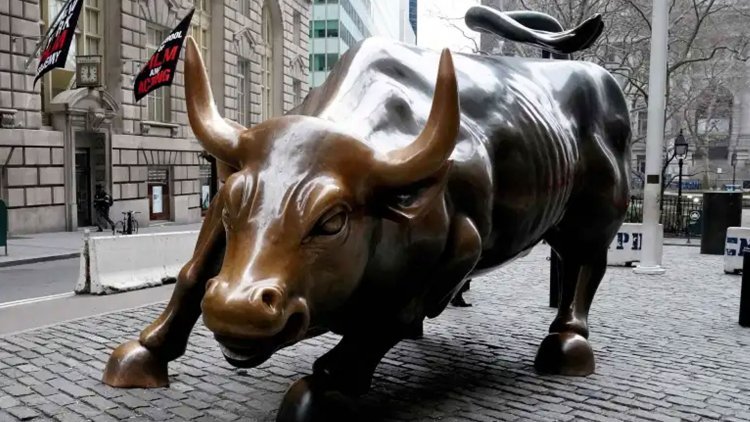Following solid jobs news, stocks are flat and oil is rising as rate hikes loom
The Nasdaq Composite gained 0.12 percent, the S&P 500 fell 0.1 percent, and the Dow Jones Industrial Average finished down 0.15 percent.

A stronger-than-expected U.S. jobs report on Friday caused Treasury yields to rise, which caused Wall Street to close the day flat. This led to speculation that the Federal Reserve may push through additional interest rate hikes to tame the economy and curb inflation.
After a sharp sell-off days earlier due to worries about energy consumption in the event of a prospective economic slowdown, oil prices climbed more than 2% on Friday, but they were still down for the week.
Strong data from the US Labor Department, which revealed that the country added more jobs than anticipated in June and that job growth was still going strong, showed that a recession was not yet approaching. This provides the Fed room to deliver another sizable interest rate increase later this month.
In June, nonfarm payrolls increased by 372,000, significantly more than economists had predicted. At 3.6 percent, the unemployment rate remained constant.
As investors weighed the possibility of further rate hikes against positive economic news, all three U.S. market indices concluded the week fairly unchanged.
The Nasdaq Composite gained 0.12 percent, the S&P 500 fell 0.1 percent, and the Dow Jones Industrial Average finished down 0.15 percent.
Since there has recently been a lot of doom and gloom, a robust labour market may allay some people's fears of a recession and demonstrate the toughness of our economy in the face of high inflation. In order to reduce it, the Fed is determined to raise rates aggressively, which is likely to lead to ongoing volatility, according to Mike Loewengart, managing director at E*TRADE from Morgan Stanley.
Raphael Bostic, president of the Atlanta Federal Reserve, stated on Friday that he supported another increase in interest rates of three quarters of a percentage point, underscoring the Fed's commitment to combating inflation.
Despite a reprieve, oil prices fell at the end of the week after a sharp sell-off earlier in the week due to worries about declining demand.
In order to settle at $107.02 a barrel, Brent crude gained 2.3 percent. US crude increased 2% to close at $104.79 a barrel.
After reaching its highest point since 2002 earlier in the day, the dollar index was unchanged for the day. And the euro fell 3% versus the dollar this week due to economic and energy concerns coming from Europe, approaching parity with the dollar for the first time since mid-2002. The euro most recently increased 0.19 percent to $1.01805.
Treasury yields rose as a result of looming rate increases and a further inversion of a crucial portion of the yield curve seen as a recession signal. Benchmark 10-year rates recently stood at 3.0822%, up from roughly 2.989% prior to the data. Two-year rates increased from about 3.001 percent to 3.0985 percent.
For the first time in three weeks, the two-year and 10-year portion of the Treasury yield curve inverted on Tuesday. This portion of the curve's inversion is seen as a solid predictor of a recession that will come one to two years after.
The MSCI world equity index, which monitors shares in 45 countries, increased by 0.12%.




 admin
admin 




















